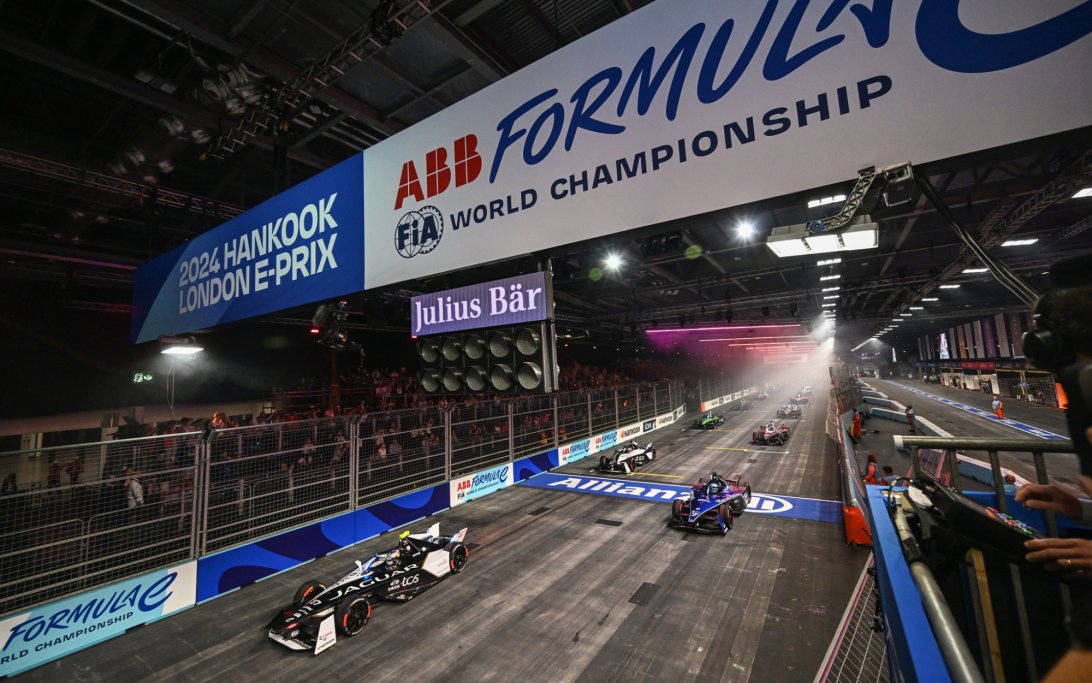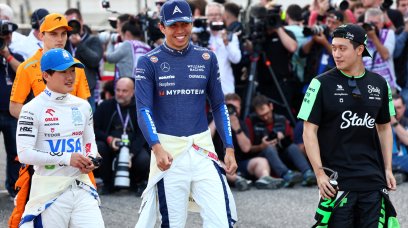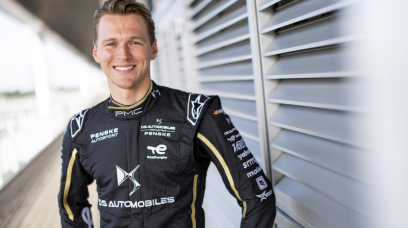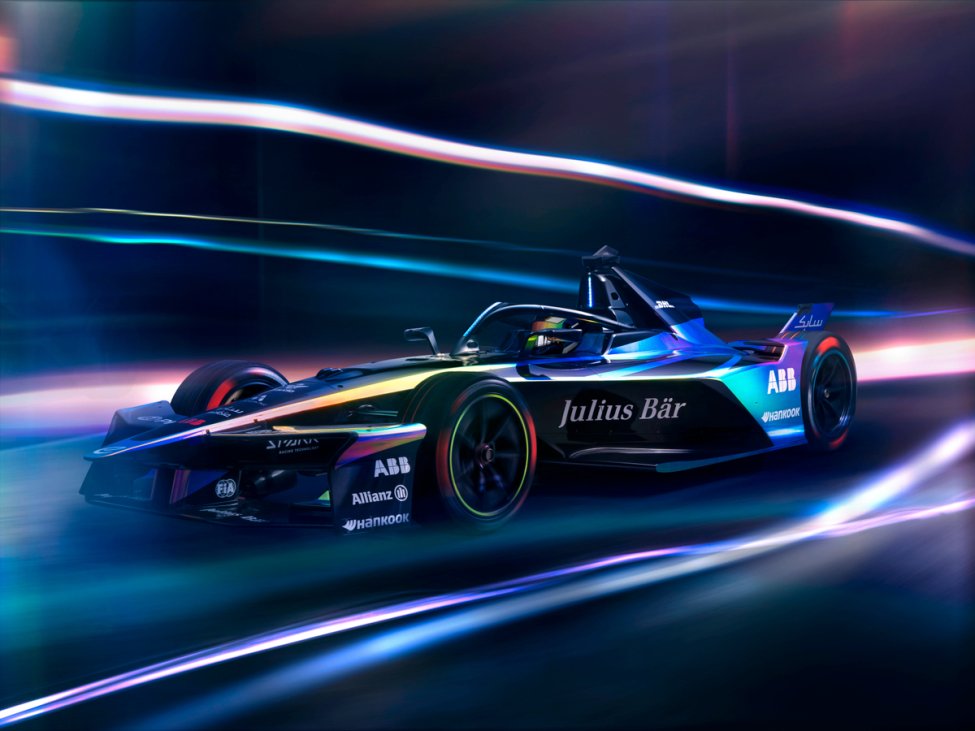On World EV Day, it seems an appropriate time to celebrate the FIA's sole all-electric single-seater series, Formula E.
Ten years on from its inaugural race, the series is stronger than ever, with the championship on a journey of rapidly improving electrical technology.
FE is a championship built on creativity, taking risks and pushing for a brighter and more sustainable future, both in motorsport and in everyday life.
What FE was 10 years ago in the first race in Beijing, is a distant memory of what the series is today, with a booming driver market, some of the biggest manufacturers in the world involved, and cities from across the globe reaching out to host a race.
Its first decade was not easy. Some feared the series would die immediately. How wrong they were.
With FE so different in technology to 'traditional' motorsport categories, it will never escape its critics. FE, though, has proven that being different is not something to be afraid of but instead should be embraced.
Not only does FE deliver some of the most exciting racing in the world, but it has also provided a genuine boost to the global EV road car market.
Some FE technology is found in road cars today, demonstrating a clear link between the championship and improving what is driven by some daily.
Porsche, Jaguar and Nissan have all taken either FE knowledge, or parts of it, to improve their electric road vehicles.
Drivers also now see the all-electric series as a strong route to professional motorsport, such as most recently McLaren youngster Taylor Barnard.
Viewed by others:
Championship growth
The grid is packed with so much talent that several drivers are without a seat. It also has committed manufacturers, with Nissan, Jaguar, Porsche and Lola all signing up to at least 2030.
FE's trajectory is directly upward, with its global fanbase increasing year-on-year and with a successful return to China completed.
Wherever you look, FE is making strides in the right direction. Yes, there are still hiccups, but for a series as young as it is, mistakes are required for future growth.
But enough of the fanbase and the thrilling racing, and more on the cars themselves on World EV Day.
The days of two cars for one driver being required to complete a race are, thankfully, a distant memory. The Gen3 EVO is introduced next season which has even caught the attention of F1 as it is the fastest accelerating FIA single-seater, going 0-60 mph in 1.82s – 30% faster than the current F1 cars.
To demonstrate FE's technological growth, its first car a decade ago took 3.1s to reach 60 mph. The FE Gen1 also had a top speed of only 140 mph, considerably slower than the current 200 mph.
The Gen3 EVO is also the most efficient single-seater, with its powertrain hitting over 95%. In comparison, internal combustion championships fail to reach over 55% powertrain efficiency.
FE's new car also features all-wheel drive, which will be used during qualifying and when Attack Mode is in activation, resulting in an immediate performance boost.
Even FE's Hankook iON tyres are sustainable as they are made from 35% recycled materials. Of course, not forgetting the series has been net carbon zero since its inauguration, proving motorsport can still take place whilst protecting the environment.
Formula E impact on EV market
What is crystal clear since FE's inauguration is a direct link between the championship and global EV sales.
According to the championship, less than 500,000 EV cars had been sold globally in 2014. That number has increased every year, with a sharp rise in sales taking place at the start of the COVID-19 pandemic.
Already in 2024, 16.6 million EV cars have been sold worldwide. As FE's popularity has increased, so has that of the world in EV road cars.
Manufacturers are also designing and developing more EV cars than before. In 2014, less than 30 EV models were available globally, that number is now over 600.
The technology has also improved considerably, with the average range of an EV car increasing from 84 miles in 2014 to 270 miles this year.
This is a 320% increase, whilst the maximum EV range has increased by 195%, from 265 miles to a staggering 516.
Porsche has even included an Attack Mode boost in its ground-breaking Taycan Turbo GT, which delivers a temporary boost of up to 120kW of extra power. The German manufacturer has taken this technology directly from Formula E.
Some will always criticise FE, but what it has achieved in 10 years is remarkable. Just what will the next decade bring?
Don't miss out on any of the Formula 1 action thanks to this handy 2026 F1 calendar that can be easily loaded into your smartphone or PC.
Download the calenderMost read
In this article











Join the conversation!